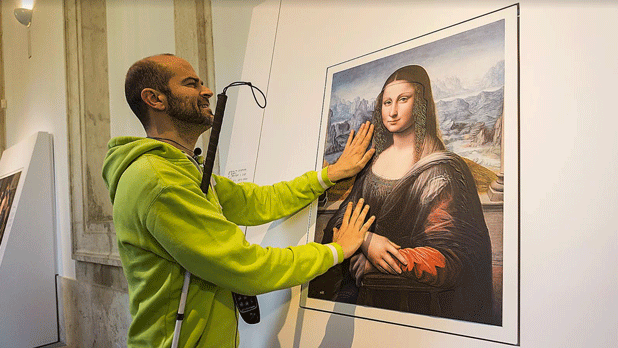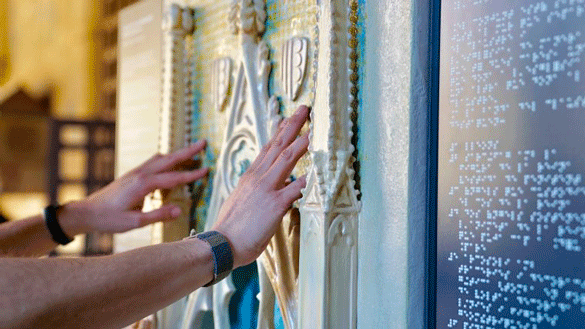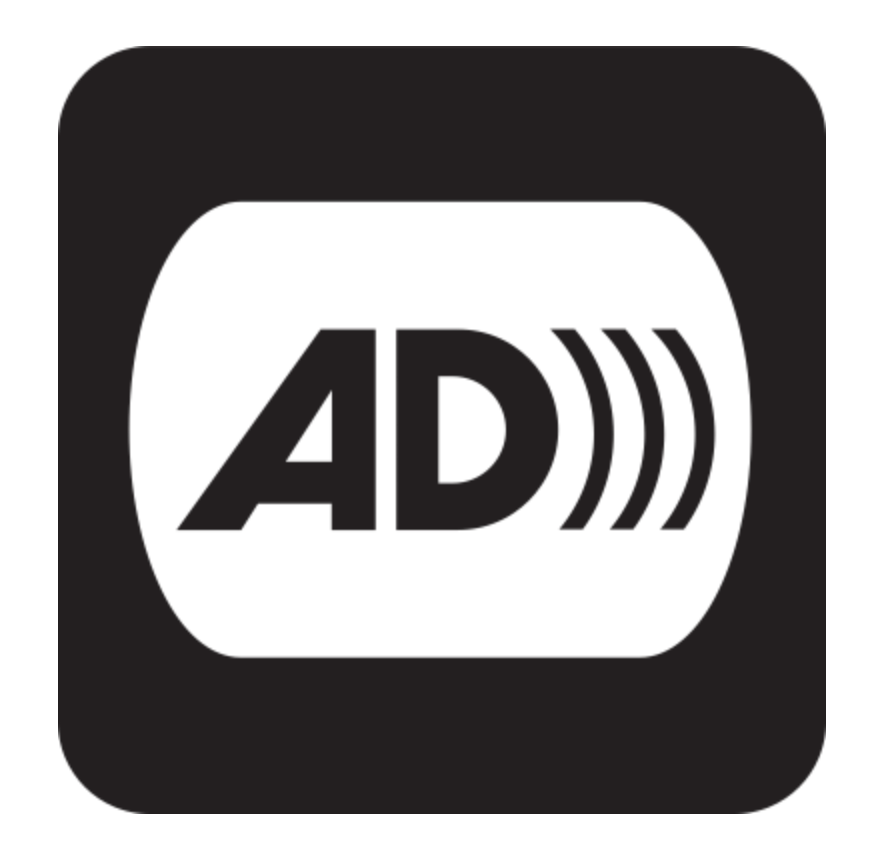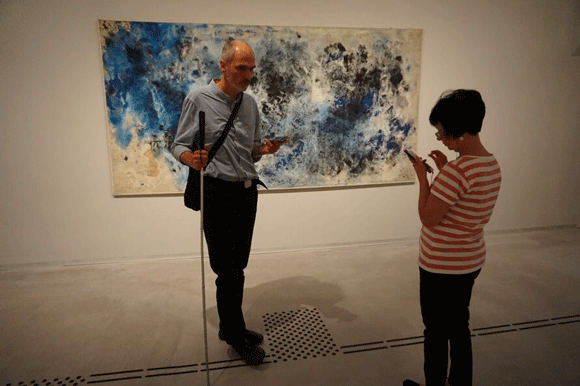Inclusivity, accessibility and equality are increasingly common buzzwords in the art museum world.
However, as thoughtful curators, active gallery professionals and avid art lovers, sometimes it seems that attempts to celebrate diversity – in all its forms – are fleeting at best.
As we shift our focus on exhibiting, and in turn, collecting work by artists with behavioural, cognitive, and physical impairments, we take meaningful steps toward positive change. But what about the experiences of disabled, neurodiverse and sensory impaired people in the art museum itself? While current museum practice demonstrates that the use of multisensorial experiences such as soundscapes, smellscapes and tactile explorations are increasing in number throughout the exhibition space, they certainly aren’t mainstays.

In Australia today, one in six people live with a disability and there are approximately 575,000 people with blindness or low vision. This said, how do we provide engaging experiences for these individuals who cannot view art works as sighted visitors can?
One strategy is an audio description service. Simply, an audio description (AD) is a vivid verbal description of a visual image.
By increasing awareness and encouraging the practice and distribution of audio descriptions we champion equal access to visual culture and thereby support the United Nations Sustainable Development Goal for Reduced Inequalities. Arts workers can proactively learn how to compose audio descriptions and subsequently implement them into their exhibition projects, thus strengthening the engagement and connection of blind and vision impaired people in the museum environment.
However, where do we start? With the goal to do justice to the exhibition project, the artists, the art works and, of course, the audience of people who require this audio description service, writing an effective audio description is an essential step in achieving this goal. Even as a trained art historian, this task is daunting, yet the potential outcomes are extremely significant.
A visual analysis is centred on style, iconography and composition, but an audio description is a visual translation rather than a formal, structured piece of writing. As museum spectators, we do not approach, perceive or experience art the same way we write about art.
One starting point in crafting effective audio descriptions is to seek advice through collaboration and co-design. Sarah Barron and Sarah Empey are innovators in this field and have been kind enough to share their expertise with me.
“Audio descriptions vary greatly in their approach, despite their shared goal,” Barron tells Arts Help. “This is unsurprising, and to an extent necessary, given the diversity of artworks, artforms, contexts and perspectives. This does not mean that anything goes, but that there is no one way to achieve successful audio descriptions for art”.
Sarah Empey, who is herself of low vision, notes the importance of collaborating with the blind/low-vision community in the audible descriptive process. “There would be significant backlash and complaints if this process was done without asking someone from the blind/low-vision community that is credible to be consulted on/be involved in the entirety of the project,” she states.

While there are no specific instructions on writing audio descriptions, there are several recommendations that Barron and Empey suggested. These included communicating the most striking details first; starting left to right, top to bottom, or using a clock face to orientate spectators.
Empey also advised that uniformity of expression was extremely important. For instance, list the title, artist and year before continuing the audio description. She also mentioned not to neglect whether the piece is framed or not, as this alters the overall impression of an art work.
Lastly, Empey emphasizes the power of similes.
“My personal favourite which always stands out in my mind was the sentence used: ‘The wave curved over like fingers on a hand’. This is absolutely brilliant. Even if one had never seen a wave before, the blind/low-vision community can do this with their own hand to understand the description.”
Beyond crafting the descriptions, consider language use; if we utilise overly technical language then we risk excluding a large proportion of our audience.
In designing your exhibition layouts, think carefully about the placement of your didactic panels for people shorelining with a cane. Place the AD pictogram clearly next to the exhibition labels with audio descriptions, and ensure tactile indicators are located on the floor below. Furthermore, consider the typeface, size and colour of the font (sans serif fonts are preferred) and the background the font will be placed on.

Not only must we factor in exhibition design, but we need to decide which art works to audio describe. Therefore, we must consider the story, themes and connections between the pieces that are chosen to describe and weave them together in a way that is both creative for the listener and simultaneously respectful to the curatorial vision.

Taking these points into account, visual analysis and audio describing are not so disparate after all; one does not negate the other. Indeed, they complement one another. As a more effective describer — really taking time to examine the details — I can build a stronger argument as an art historian.
There are many ways we can start embedding these strategies in our museums and institutions to achieve accessibility and inclusivity: incorporate directional information into your museum tours to orientate visitors with a disability, facilitate an activity for your audience to coincide with your descriptions — get them to create what has been described in clay or paint, collaborate and co-design with your local community.
People with individual needs deserve the right to be involved in the very processes that affect them.
Access 2 Arts offers different options for education and training. Enable NFC on your own device and partake in the audio descriptions when you see them in museums, use the audio description service on your TV, your local theatre, cinema or ballet performance. Go to Vision Australia for more information, and open your mind to the infinite possibilities of your senses.
